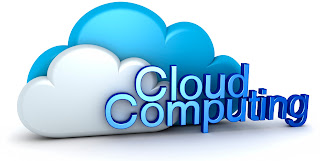 Simply put, cloud computing is the delivery of computing services—servers, storage, databases, networking, software, analytics, and more—over the Internet (“the cloud”). Companies offering these computing services are called cloud providers and typically charge for cloud computing services based on usage, similar to how you’re billed for water or electricity at home.
Simply put, cloud computing is the delivery of computing services—servers, storage, databases, networking, software, analytics, and more—over the Internet (“the cloud”). Companies offering these computing services are called cloud providers and typically charge for cloud computing services based on usage, similar to how you’re billed for water or electricity at home.Still foggy on how cloud computing works and what it’s for? This beginner’s guide is designed to demystify basic cloud computing jargon and concepts and quickly bring you up to speed.
Uses of cloud computing
You’re probably using cloud computing right now, even if you don’t realize it. If you use an online service to send email, edit documents, watch movies or TV, listen to music, play games, or store pictures and other files, it’s likely that cloud computing is making it all possible behind the scenes. The first cloud computing services are barely a decade old, but already a variety of organizations—from tiny startups to global corporations, government agencies to non-profits—are embracing the technology for all sorts of reasons. Here are a few of the things you can do with the cloud:
- Create new apps and services
- Store, back up, and recover data
- Host websites and blogs
- Stream audio and video
- Deliver software on demand
- Analyze data for patterns and make predictions


No comments:
Post a Comment